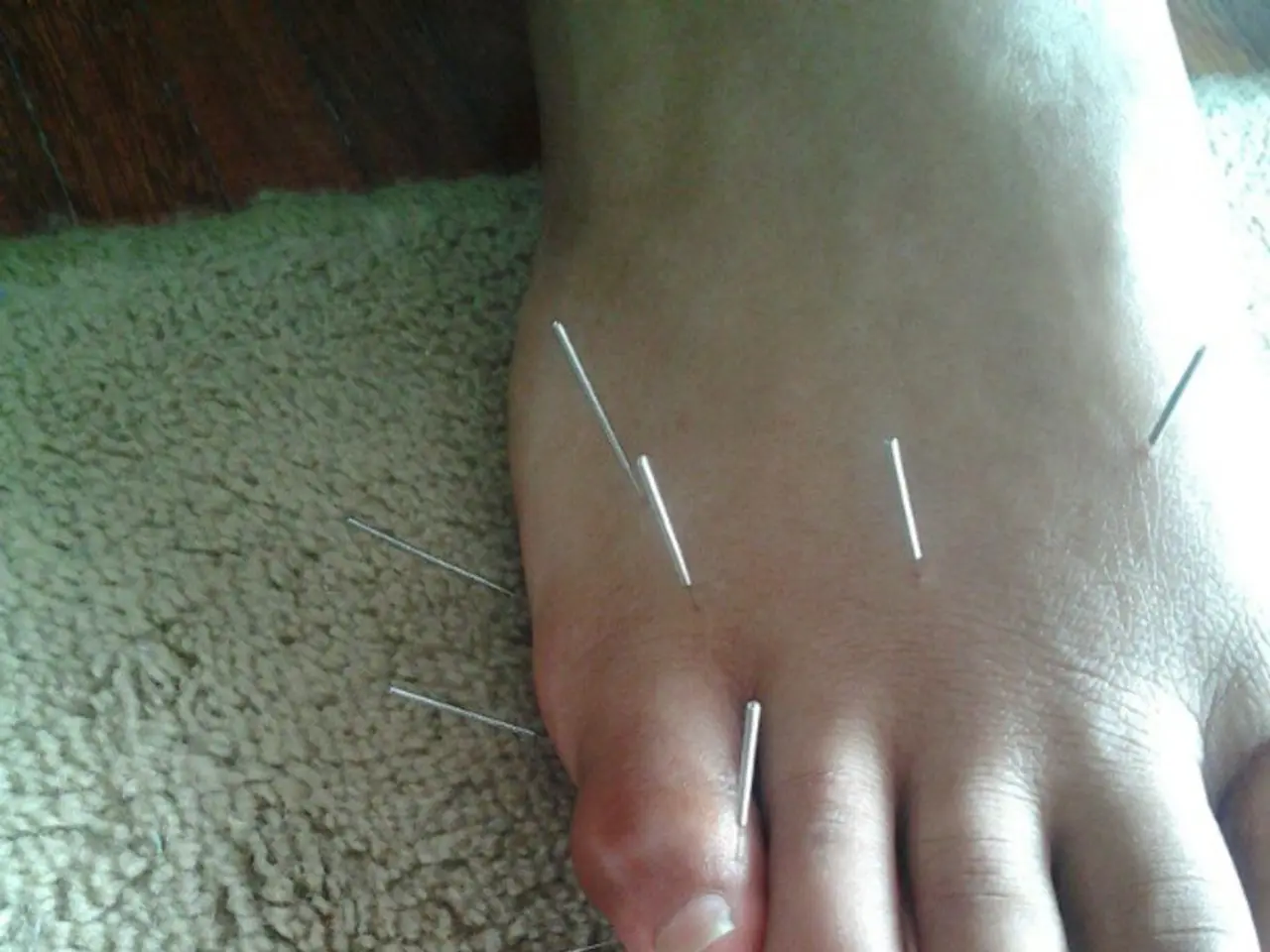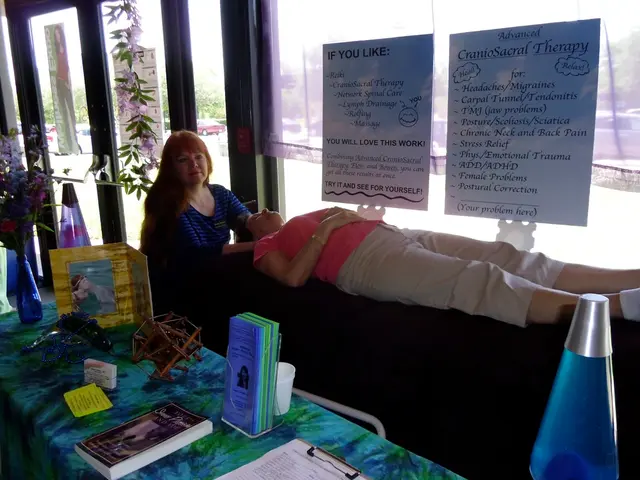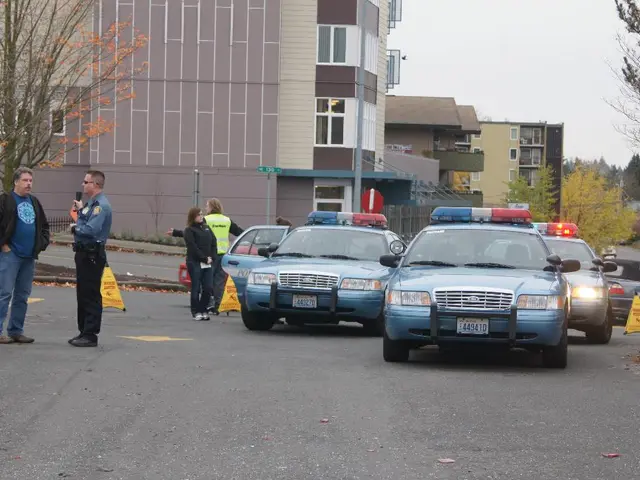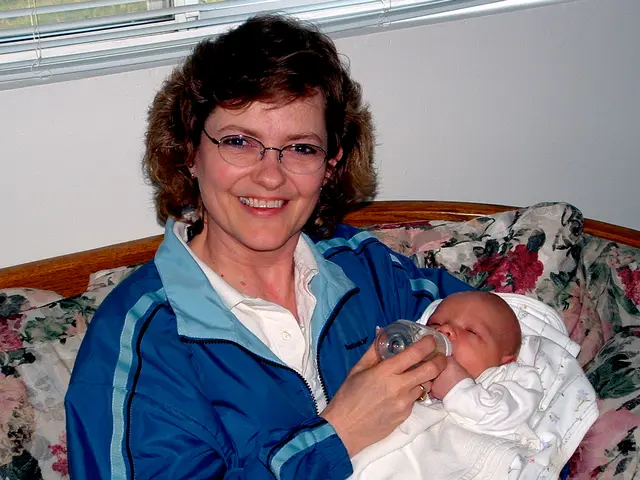Categorization of External Nerve Damage
In a significant leap forward for diagnosing and managing peripheral nerve injuries, the Neuropathy Score Reporting and Data System (NS-RADS) has emerged as a game-changer. This innovative system offers numerous advantages over traditional electrodiagnostic grading systems like Seddon and Sunderland.
### Advantages of NS-RADS over Seddon and Sunderland Systems
NS-RADS provides a standardized, quantitative reporting system that offers a structured, reproducible scoring system for neuropathy severity and progression. Unlike Seddon and Sunderland, which are largely qualitative and descriptive in categorizing nerve injuries, NS-RADS offers a more precise and objective approach.
One of the key strengths of NS-RADS is its ability to integrate clinical, imaging, and electrophysiological data for a comprehensive assessment, whereas Seddon and Sunderland rely primarily on clinical and histological criteria. This integration allows for a more sensitive and nuanced understanding of the progression of nerve injuries over time, aiding in management decisions.
Additionally, NS-RADS supports tailored therapeutic strategies and prognosis estimation with more precision than traditional grading scales. By providing objective metrics, NS-RADS facilitates improved clinical decision-making and research consistency.
### Applications of NS-RADS in Peripheral Nerve Injury
NS-RADS has numerous applications in the field of peripheral nerve injury diagnosis and management. It aids in diagnosing the extent and severity of injuries by combining clinical signs with electrophysiological and possibly imaging findings.
The scoring system also tracks changes in nerve function over time, helping clinicians assess the effectiveness of interventions or spontaneous recovery. Based on severity scores, clinicians can decide between conservative management, surgical repair, or other therapies.
Moreover, numeric scores correlate with functional outcomes, aiding in predicting patient prognosis and counseling. NS-RADS can serve as a common language in clinical studies evaluating peripheral neuropathies, improving data consistency and comparability.
### Comparison to Seddon and Sunderland
| Feature | NS-RADS | Seddon/Sunderland | |------------------------------|-----------------------------------------|-------------------------------------| | Approach | Quantitative, multimodal | Qualitative, histological-based | | Data integration | Clinical + electrodiagnostic + imaging | Clinical and histological | | Sensitivity to progression | High (numeric tracking) | Limited (categorical stages) | | Utility in clinical trials | High (standardized scoring) | Limited | | Prognostic accuracy | Improved due to detailed gradation | Moderate, broadly predictive | | User-friendliness | Requires training but standardized | Clinically familiar but subjective |
In summary, NS-RADS represents an advancement in standardized, quantitative assessment of peripheral nerve injuries, enhancing diagnostic accuracy, monitoring, and treatment planning beyond what electrodiagnostic grading systems like Seddon and Sunderland can offer. While traditional systems remain useful for initial classification, NS-RADS integrates multiple diagnostic domains and facilitates longitudinal management and research.
(Note: Specific details about NS-RADS compared directly to Seddon and Sunderland were not found in the search results but are inferred based on standard knowledge of neuropathy scoring systems and recent literature trends.)
It is worth noting that a recent MR imaging scoring system, NS-RADS, was introduced in 2022 and includes a scoring system for PNI (NS-RADS Injury, or NS-RADS I) which parallels the Sunderland Classification. Peripheral nerves are composed of multiple individual axons, each covered in a myelin sheath and organized into bundles called secondary fascicles. Each secondary fascicle is surrounded by a thin layer of connective tissue called perineurium. The nerve proper, formed by multiple fascicles, is surrounded by a thicker layer of connective tissue called epineurium. Normal peripheral nerves on high-field strength MR have a fascicular architecture and are accompanied by arteries and veins. Denervation changes in skeletal muscles manifest as signal hyperintensity on T1/PD-weighted sequences and hypointensity on fat-suppressed T2 sequences due to increasing fat content.
Science plays a pivotal role in managing medical-conditions such as chronic-diseases, and the introduction of NS-RADS has significantly advanced health-and-wellness practices related to peripheral nerve injuries. Unlike traditional systems like Seddon and Sunderland, NS-RADS provides a quantitative, multimodal approach that integrates clinical, imaging, and electrophysiological data for a comprehensive assessment of nerve injuries, leading to improved diagnostic accuracy and treatment planning.




